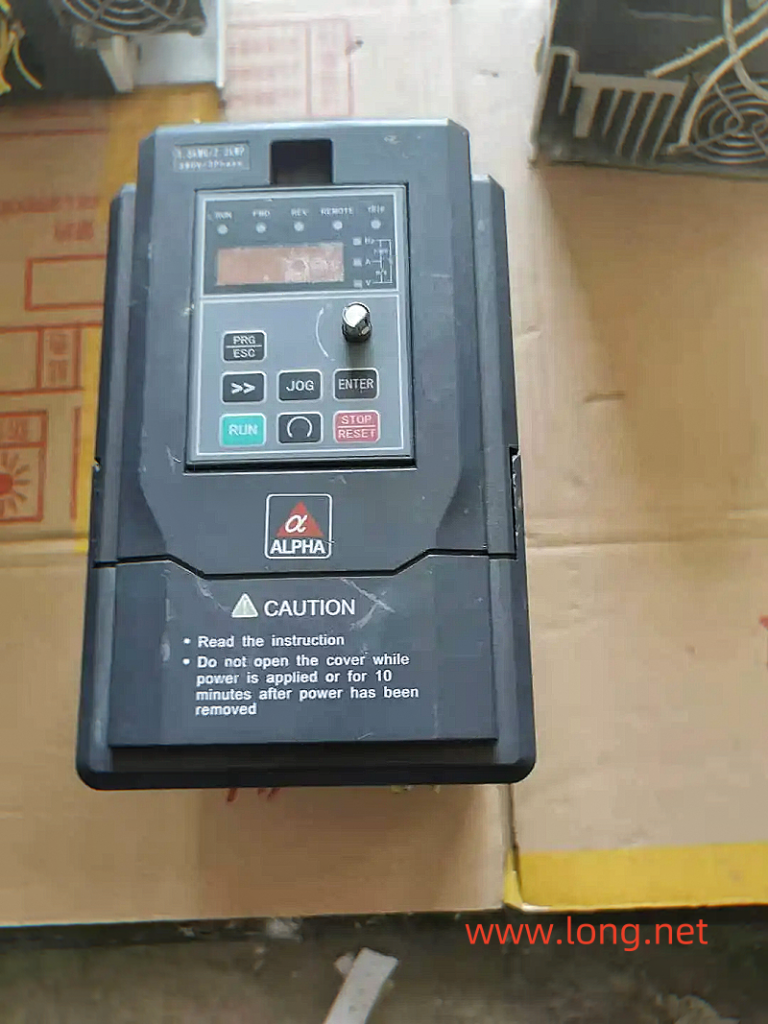Generally speaking, there are two sources of OC faults:
- When the operating current of the inverter module is too high, reaching more than three times the rated current, and the voltage drop of the IGBT tube rises to more than 7V, the driving IC returns an overload OC signal to notify the CPU and implement fast shutdown protection;
- After collecting a sharp increase in abnormal current from three current transformers at the output end of the frequency converter (some low-power models use two), a voltage comparator (or internal circuit of the CPU) outputs an OC signal to notify the CPU and implement fast shutdown protection.

Of course, when the driving IC or current sampling circuit is abnormal, the frequency converter will falsely report an OC fault.
Small power models often use a shunt resistor directly connected in series at the output end to collect current signals. After being amplified in the front stage, they are isolated by an optocoupler operational amplifier and transmitted to the CPU. The power supply of its preamplifier is taken from the floating power supply of the driving IC. In this way, when the module is damaged (or removed), the power supply branch connected to the inverter module is broken, causing the current sampling circuit to output the highest negative pressure. The CPU mistakenly believes that there is a large current signal and reports an OC fault. In this situation, the frequency converter trips the OC fault as soon as it is powered on, making it impossible to inspect whether the drive IC circuit can output six normal trigger pulses.
In addition, if the peripheral circuit of the driving IC is abnormal or damaged, it can also misreport OC faults. Therefore, during maintenance, it is necessary to distinguish whether it is a fault reported by the current sampling circuit or the driving IC, whether it is a circuit damage misreport or a module damage. Is there really an overcurrent fault? And take measures to clear the alarm status for easy maintenance.
But the OC jumping faults caused by the following reasons often go unnoticed. Overhaul an Alpha frequency converter. Due to damage to the main DC circuit voltage detection circuit, the voltage on terminal 8 was 0 (normally around 3V). The frequency converter experienced an undervoltage fault and could not be put into operation. When the terminal is artificially fed with a voltage of+5V, the frequency converter trips the OC fault when powered on. Through experiments, it has been proven that when the voltage is below 2.5V, an undervoltage fault code will trip, and when the voltage is above 3.8V, an OC fault will trip. Therefore, it is found that when the DC circuit voltage is too high or the DC detection circuit is abnormal, it is another reason for the frequency converter to trip the OC fault.

When conducting maintenance or emergency response, take 5V voltage from the 8 pins of the wiring block CN1 and fix a 3V voltage with a divider resistor. This will facilitate maintenance or emergency operation of the frequency converter.
